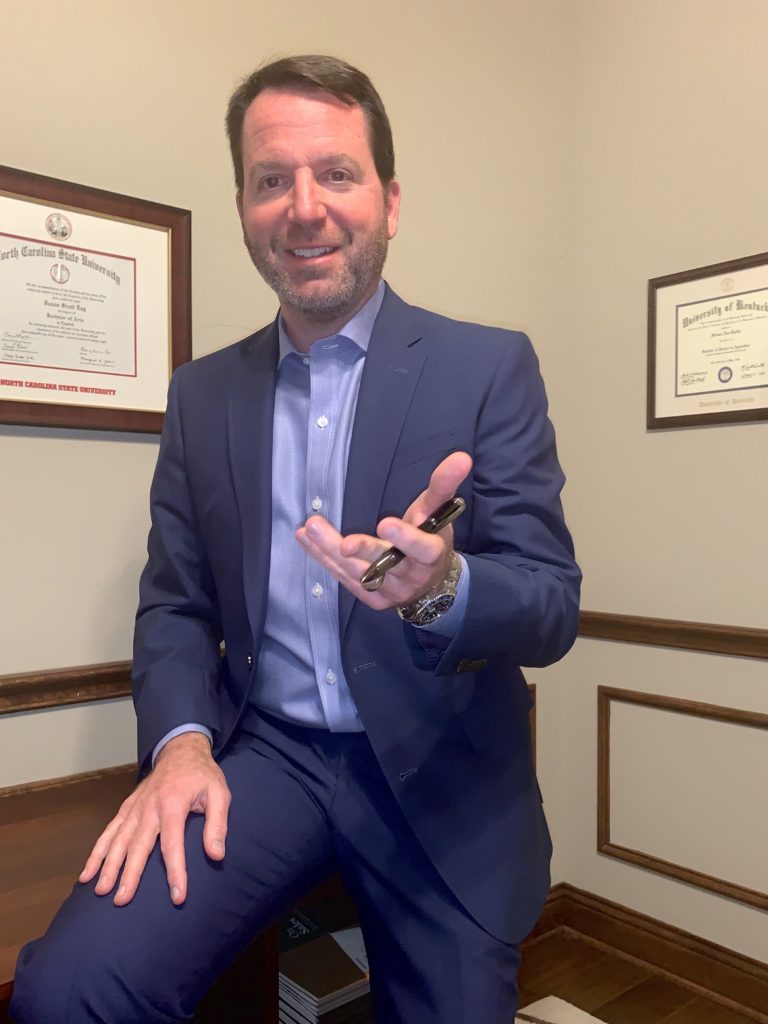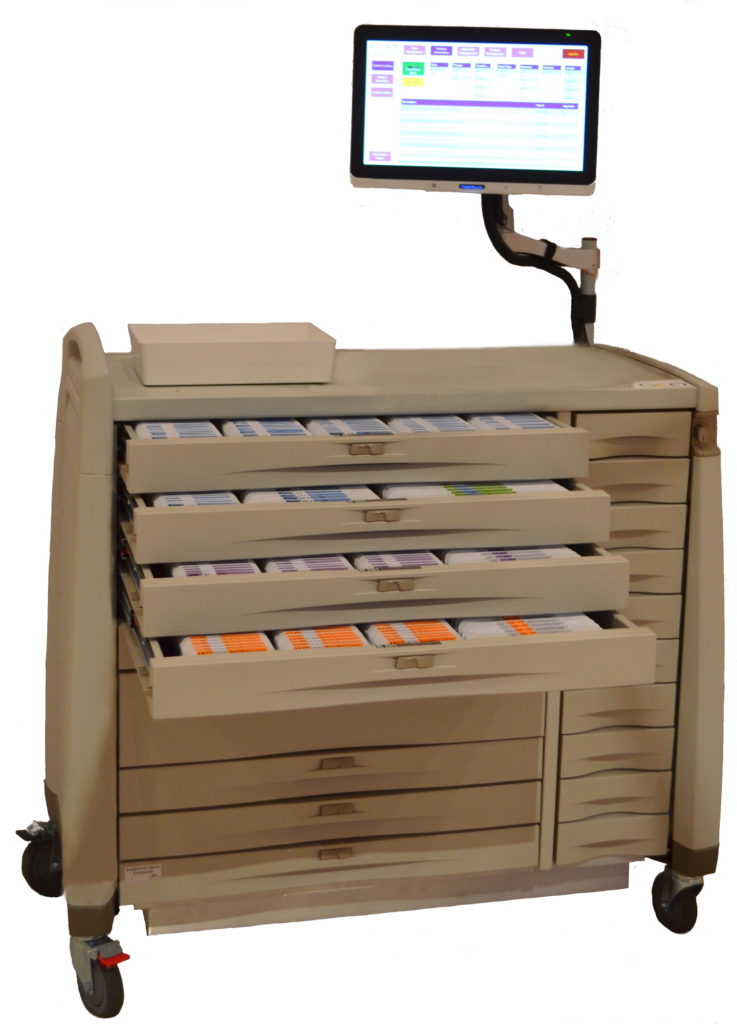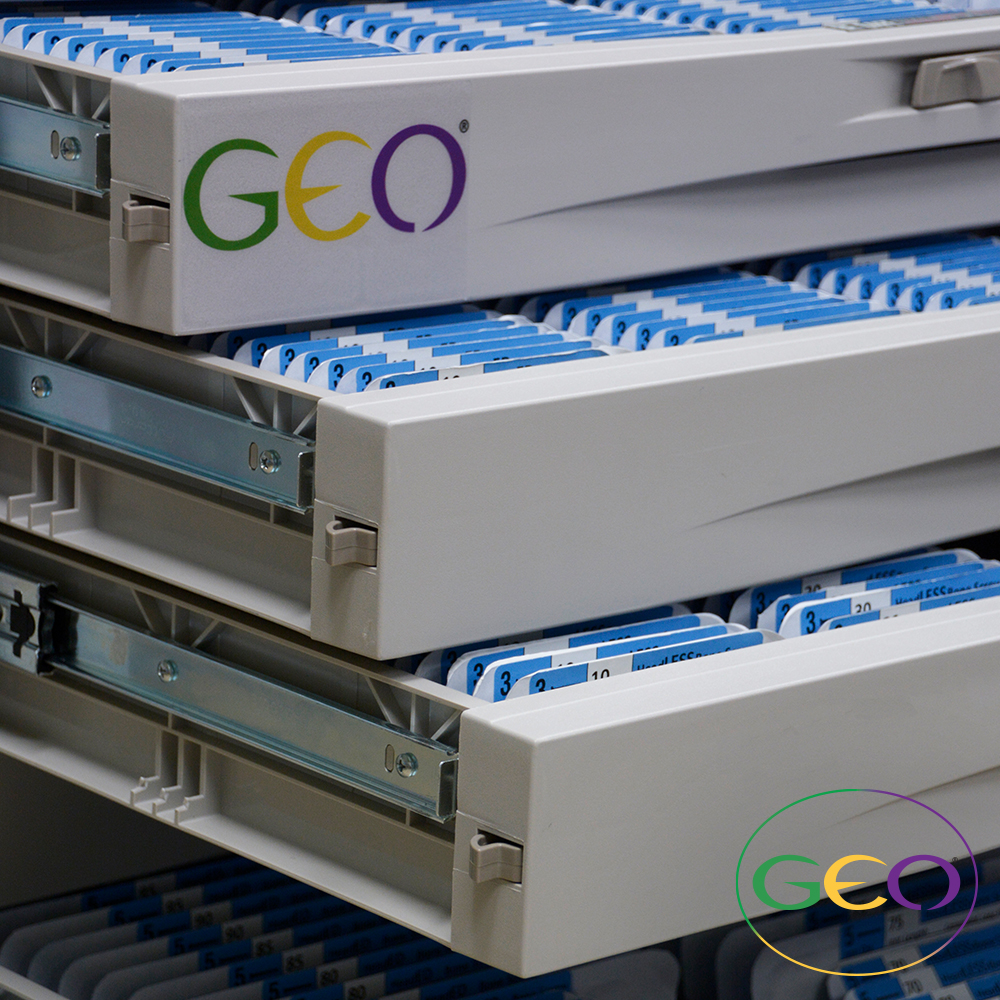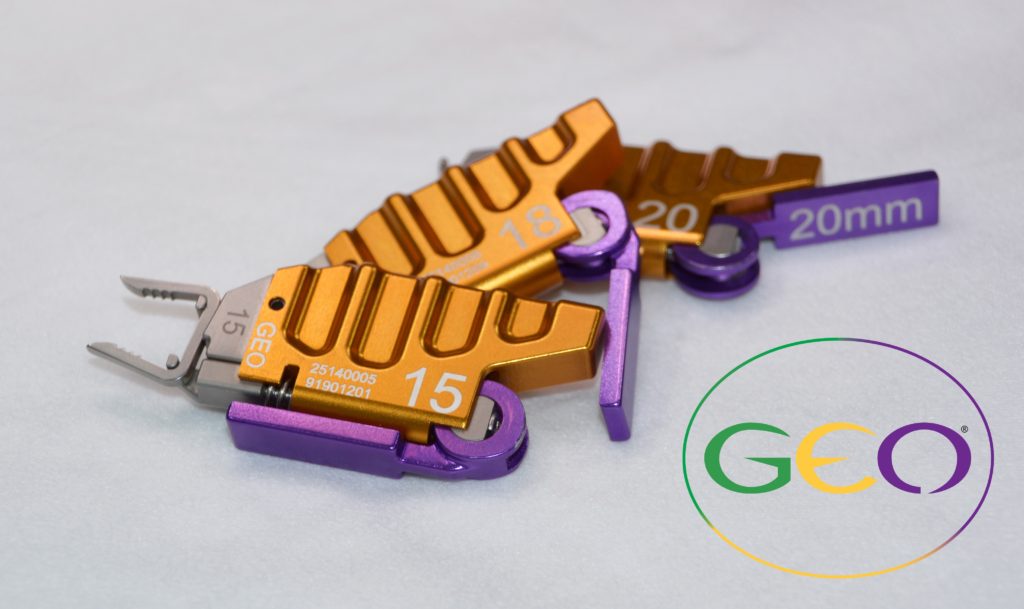
This is the 16th in a series of 6-Question interviews with leaders who are challenging conventional thinking in Orthopedics (read other interviews here).
1) How was GEO conceived? Tell us the story of the idea, early funding and early prototyping.
GEO is a fantastic story of hard work, determination, and innovative thinking. The company was born, in 2015, out of a series of discussions of past colleagues – Michael Simpson (our CEO) and Paul Vasta (our CTO) – and the voice of the customer, Dr. Peter Blume. These industry heavyweights laid out the plan, raised money, assembled a team, and implemented a strategy. They saw a need and succeeded in making over 2,000 orthopedic devices and disposable instruments fit into a facility-friendly system which has been deployed in centers across the United States.
Funding, Tiger, was the easier part…knowing the success the GEO leadership team had demonstrated in past ventures, investors were eager to sign on to the concept.
2) So Scott… Why GEO, why now, and what makes it unique?
GEO – and, specifically, the GEO CART® – is the answer to what facilities, surgeons, and reps have been observing for years. Reduce infection rates, cut down on the number of people walking in and out of the OR, make SPD more cost-efficient, lighten the administrative burden within facilities, and anticipate add-on cases without calling for extra sets. All of these everyday challenges are addressed by the GEO Cart.

That’s the ‘why’; here’s what makes us unique: Sterile packed, RFID-tagged disposable trays allow facilities and surgeons to select – intraoperatively – implants from a menu of options, by surgeon, by case. Once the case is completed, an email is automatically sent with the exact usage to the rep, the surgeon, the circulator, and materials management. Additionally, that same data is immediately sent to GEO headquarters in Dallas, ensuring products can be replenished to the cart as soon as the next day.
The GEO Cart is the only system, in our space, that is addressing ALL of these day-to-day operational challenges.
3) How is RFID technology changing the game in orthopedics?
RFID – Radio Frequency IDentification – is the platform GEO’s proprietary hardware and software is built on. Without RFID, and the automation it supports, GEO would just be one of many in the already crowded sterile-packed implant space. With this technology, every GEO implant is traceable and automatically populated on the Implant Usage Form (or electronic charge sheet). RFID also allows each GEO Cart, regardless of where it is placed, to be inventoried every day to ensure nothing has been inadvertently removed, no expired lots are implanted, or that a facility or patient has been incorrectly charged for a device. As you have often said, Tiger, the industry’s future is in data and, ultimately, how we utilize it. GEO’s RFID technology, along with the powerful network connectivity behind it, allows all transaction data to be delivered at speeds unheard of, to date, in our space.

Switching gears for a moment… while most of this discussion has focused on the efficiencies for the facilities and surgeons, please don’t underestimate the appeal this has for our reps. There’s no more driving across town to drop off trays in traffic. No more restocking screw caddies. No more facility scheduling or communication issues related to product availability. Independent reps will now have more time to play offense within their existing accounts as it relates to selling complimentary lines and servicing the customer.
4) What are your biggest challenges for adoption?
Our biggest challenge, Tiger, is cultural. Our innovative way of bringing efficacious devices to market is unique and unmatched…but also new. Every day, I speak to surgeons and distributors and hospital administrators…most get it, some don’t. In all, though, there’s an overwhelming realization that this segment of our industry must change and that GEO’s disruptive marriage of sterile packaging, RFID, and network connectivity is the answer. This is truly the future of orthopedics.
5) What are your current products and what’s on the horizon in your pipeline?
Currently, a surgery center or hospital may tailor its GEO Cart with any combination of cannulated screws (headed and headless), pre-loaded nitinol compression staples, hammertoe solutions, and bone repair biologics. As early as Q1 of 2020, we will add a 5th Met/Jones Screw System, followed by an MTP Plating System – all offered, with disposable instruments, directly from the GEO Cart! Ultimately, we have a pipeline full of solutions that we intend to commercialize over the next several months.

6) If I look into a crystal ball, what does GEO look like in 2-3 years and what effect will it have on orthopedics?
I can say that 2019 was a big year for GEO and that growth will be exponential and explosive for 2020 and beyond. As more facilities experience the efficiencies and benefits we provide, awareness will continue to spread, and others will enter this sub-segment. You can, though, count on our commitment to innovation through design, conversation, and communication. For today, I can assure you GEO is singularly-focused on maintaining the role of Innovator and Disruptor.
For more information about GEO – Gramercy Extremity Orthopedics, visit – https://gramercyortho.com/

 The Orthopedics Industry
The Orthopedics Industry